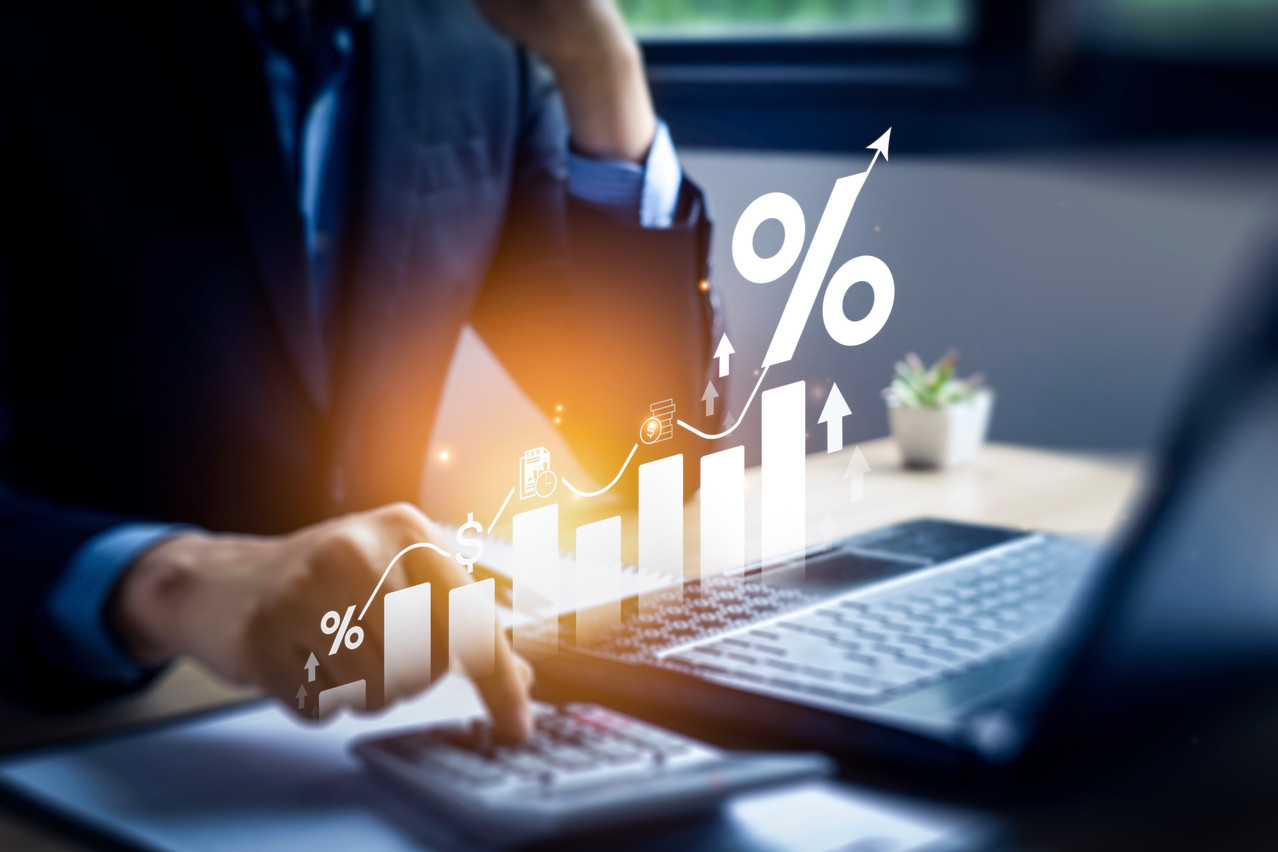Article 9 active equity funds domiciled in Luxembourg experienced significant underperformance in 2023, returning an average of 681 basis points below their respective benchmarks, according to a Delano analysis of Morningstar data. An artificial intelligence fund was a standout performer, while a solar fund was the poorest performer.
Article 9 funds claim to make a positive environmental impact as part of their investment approach.
Our methodology to assess the performance of article 9 funds
Morningstar provided Delano with a file containing the performance (net of fees) for 2022 and 2023 of 997 open-end article 9 funds listed in several countries in Europe. We decided to focus on active funds (equity and fixed income) listed in Luxembourg with a benchmark in Morningstar’s database. Consequently, the universe shrank to 263 funds.
Strong underperformance of article 9 active equity funds
The average performance of the “active” equity funds was -17.50% and +9.70% in 2022 and 2023, respectively. The average underperformance of these 218 funds was a staggering 681 bps below their respective benchmarks in 2023. The following displays the performance of major equity indices in 2023.
First, Delano looked at the top/bottom three “active” equity fund performers in terms of absolute returns. According to our approach, the top performer is the Artificial Intelligence fund run by ODDO BHF which achieved a performance of +42.47% in 2023, a remarkable outperformance of 2,288 bps over its benchmark (MSCI World NR €).
It is noteworthy to have a top performer involved in AI, a topic that really gained prominence in 2023. However, the fund generated a negative return of 27.33% in 2022, an underperformance of 1,455 bps against its BM.
The worst performer in 2023 was a solar fund managed by UBS, which displayed a negative performance of 26.41%, an underperformance of 4,601 bps against its benchmark (MSCI World NR US$). For its defence, it had a positive performance of 4.01%, an outperformance of 1,678 bps in 2022, a negative year, overall, in the stock markets.
Second, Delano looked at the relative performance of the top/bottom three “active” equity fund performers against their BM. Interestingly, the strongest and weakest on an absolute basis were also our winner and loser in terms of outperformance and underperformance relatively to their BM.
Article 9 fixed income funds: slight outperformance against their benchmark, on average
The average performance of fixed income funds was -13.25% and +5.98% in 2022 and 2023, respectively. 45 funds managed to present a small outperformance of 0.24% in 2023.
As for equity funds, Delano looked at the top/bottom three “active” fixed income fund performers in term of absolute returns. According to our approach, the top performer in 2023 is the diversified fixed income fund of Degroof Petercam. It had a performance of 11.96% in 2023, an outperformance of 476 bps over its benchmark (Bloomberg Euro Agg Bond TR €). 2022 was a less successful year for the fund with an underperformance of 108 bps against its BM.
The worst performer was a “mortgage impact” fund managed by Blackrock which displayed a negative performance of 0.33% in 2023, an underperformance of 181 bps against its benchmark (Bloomberg US MBS TR USD). It had also a negative performance in 2022 (-7.46%), an underperformance of 603 bps against its BM.
Finally, Delano reviewed the relative performance of the top/bottom three “active” equity fund performers against their BM. Contrary to their equity counterparts, the ranking was slightly different. The “climate financial bonds” fund of Axiom Alternative Investments came first with an outperformance of 499 bps whereas the weaker performance came from the climate focus high yield fund from SEB (-436bps).
What is an article 9 fund?
To qualify as a financial product under SFDR , the that it must invest in underlying assets that comply at all times as “sustainable investments,” as defined in the .
The legislator specified that a “sustainable investment” must invest “in an economic activity that contributes to an environmental objective.” It must be measured:
a. “By key resource efficiency indicators on the use of energy, renewable energy, raw materials, water and land, on the production of waste, and greenhouse gas emissions, or,
b. On its impact on biodiversity and the circular economy, or,
c. An investment in an economic activity that contributes to a social objective, in particular an investment that contributes to tackling inequality or that fosters social cohesion, social integration and labour relations, or,
d. An investment in human capital or economically or socially disadvantaged communities, provided that such investments do not significantly harm any of those objectives and that the investee companies follow good governance practices, in particular with respect to sound management structures, employee relations, remuneration of staff and tax compliance.”
This article was published for the Delano Finance newsletter, the weekly source for financial news in Luxembourg. .
